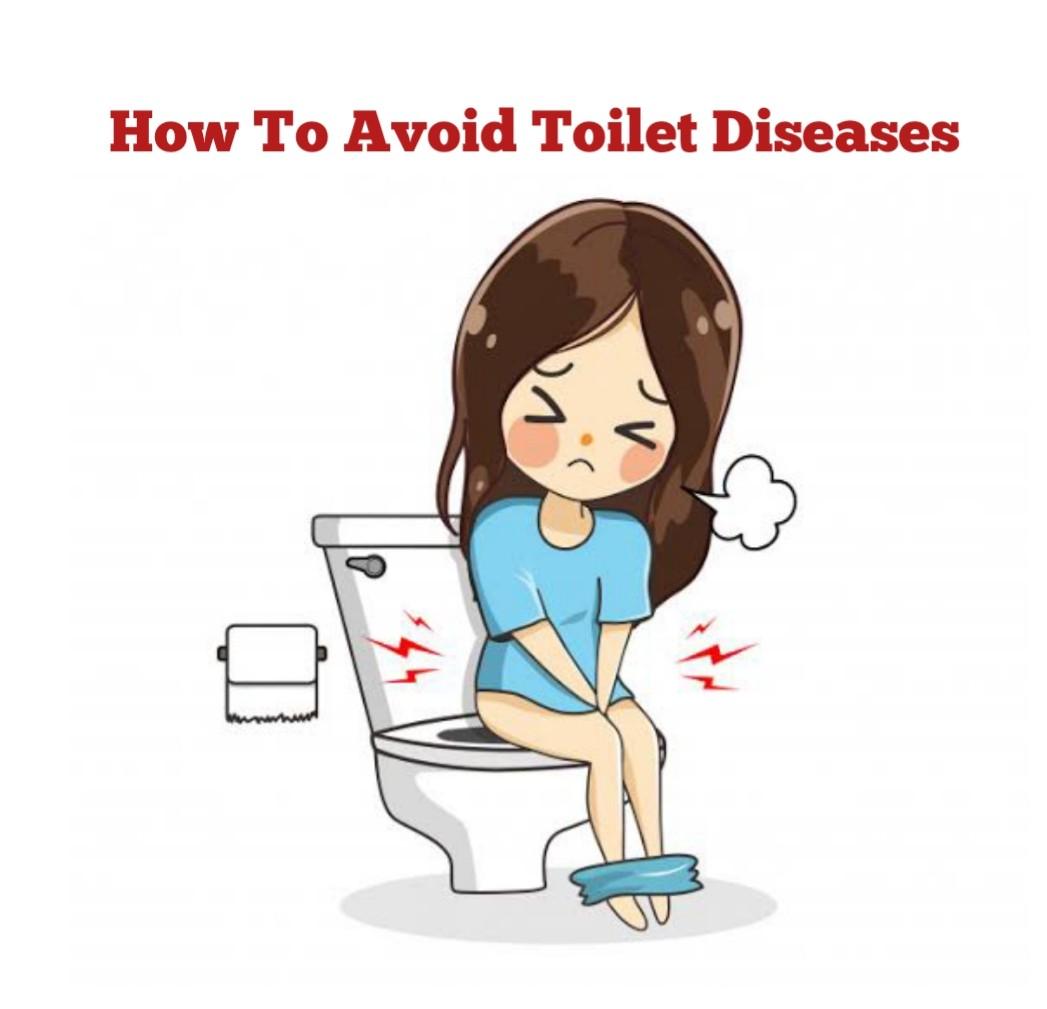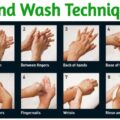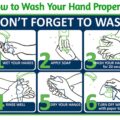Generally, you’ll find about 50 bacteria per square inch on a toilet seat — that’s the average. While that may sound gross, there are definitely things around your house that are less clean in comparison. Research has shown that microbes from your gut make up 25-54% of faecal matter. Human faeces can carry a wide range of transmissible pathogens: Campylobacter, Enterococcus, Escherichia coli, Salmonella, Shigella, Staphylococcus, Streptococcus and Yersinia bacteria – as well as viruses such as norovirus, rotavirus and hepatitis A and E, just to name a few.
Observing proper toilet hygiene protocols is important so as to avoid disease causing influence of the airborne pathogens triggered by flushing and other related activities in the toilet. The following tips will help you avoid toilet related diseases and their consequences;
Always Shut the lid before you flush: Every time you flush the toilet, bacteria are projected into the air and then cover all the surrounding surfaces. According to a 2011 study . To avoid being misted by the toilet contents which includes your germs and those of previous toilet users. So it is extremely crucial to always flush the toilet with the toilet lid down or at worst leave the cubicle or toilet immediately after you press the flush button. This practice will reduce the spread of bacteria and prevent toilet infections.
Sweep the floor and pick up any trash: When sweeping, start in one corner of the bathroom and sweep in overlapping strokes toward a single area. Collect trash and put it in the dustbin.
Clean the mirror and lights: Clean mirrors with a tissue paper. Dust and disinfect lights, vents, faucets, fans and light switches.
Disinfect all high-touch areas: Disinfect toilet flush handles, door knobs, faucets, paper towel dispensers, stall locks, light switches, and wall etc. Disinfectants need to sit on a surface for several minutes in order to kill pathogens. Use floor cleaning solution to scrub floors, baseboards, tiles, grout and especially the areas around toilets and urinals.
Clean your toilet brushes: Remember to clean the toilet brush which can spread bacteria if not cleaned after every use. Wash toilet brush with disinfecting detergent. Toilet brushes should be changed at least once every six months.
Ventilate your toilet: Air the toilet to reduce the level of humidity in the room and check that the ventilation system is working properly. Allow floor to dry fully. The fastest way to do this is by using a dry mop, which can help sop up any solution that’s left on the floor after mopping. This practice also helps reduce the risk of slips and falls.
Wash your hands regularly: Go over the flush and the taps with extra care as they are breeding grounds for bacteria. These are ideal places to pick up microbes as they are in direct contact with our hands. Wash your hands thoroughly with soap every time you use the toilet. The key to complete protection from toilet associated germs is correct hand washing. Washing your hands thoroughly removes dirt, bacteria and viruses which prevents potentially infectious microbes spreading to other people and objects. It is recommended that hand washing should involve rubbing soapy water over the hands and fingers for 20 to 30 seconds, including under the fingernails. The friction from the rubbing the hands together loosens debris containing microbes. SEE: 10 Best Hand Wash
But be aware that the public toilet sinks, tap handles, and paper towel dispensers or buttons on hand driers all have a major microbial presence. This is because hands that have just wiped bottoms will press the soap dispenser and turn on a tap. So it is advisable when hand washing is complete, to leave the tap on while you dry your hands – and then to use a clean paper towel to turn off the water. Or if you are using a hand drier use your elbow to press the activate button.
Use Toilet Seat Sanitizer: Clean the toilet seat daily with a product specifically designed to reduce the spread of bacteria. If you have children, do the same for their toilet seat as well. Use products like toilet seat sanitizer spray which removes harmful germs and bacteria.
Can you get sexually transmitted diseases toilets?
According to Mayo Clinic most microorganisms that cause sexually transmitted diseases and infections including the herpes virus dies quickly outside of the body, So it’s nearly impossible to get the infection through contact with toilets, towels or other objects used by an infected person. Many other disease-causing organisms can survive for only a short time on the surface of the seat, and for an infection to occur, the germs would have to be transferred from the toilet seat to your urethral or genital tract, or through a cut or sore on the buttocks or thighs, which is possible but very unlikely. READ: How to Wash Your Hands Properly?






